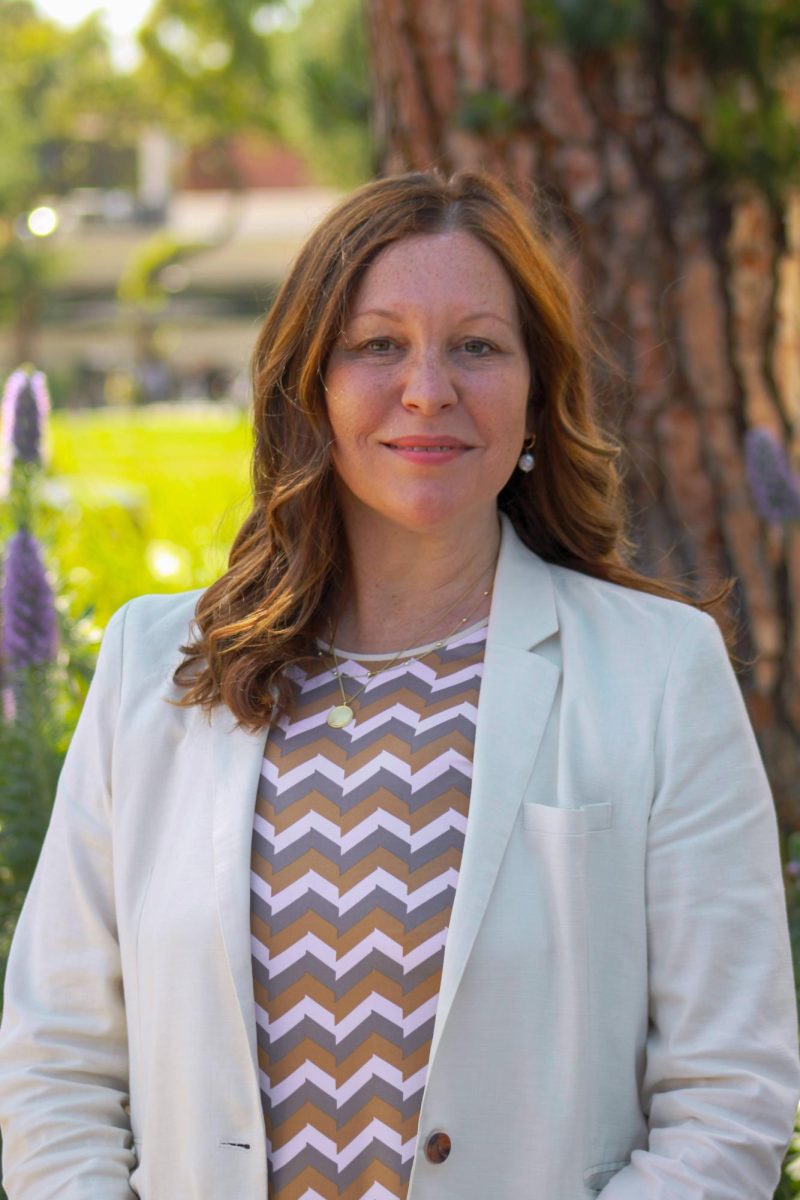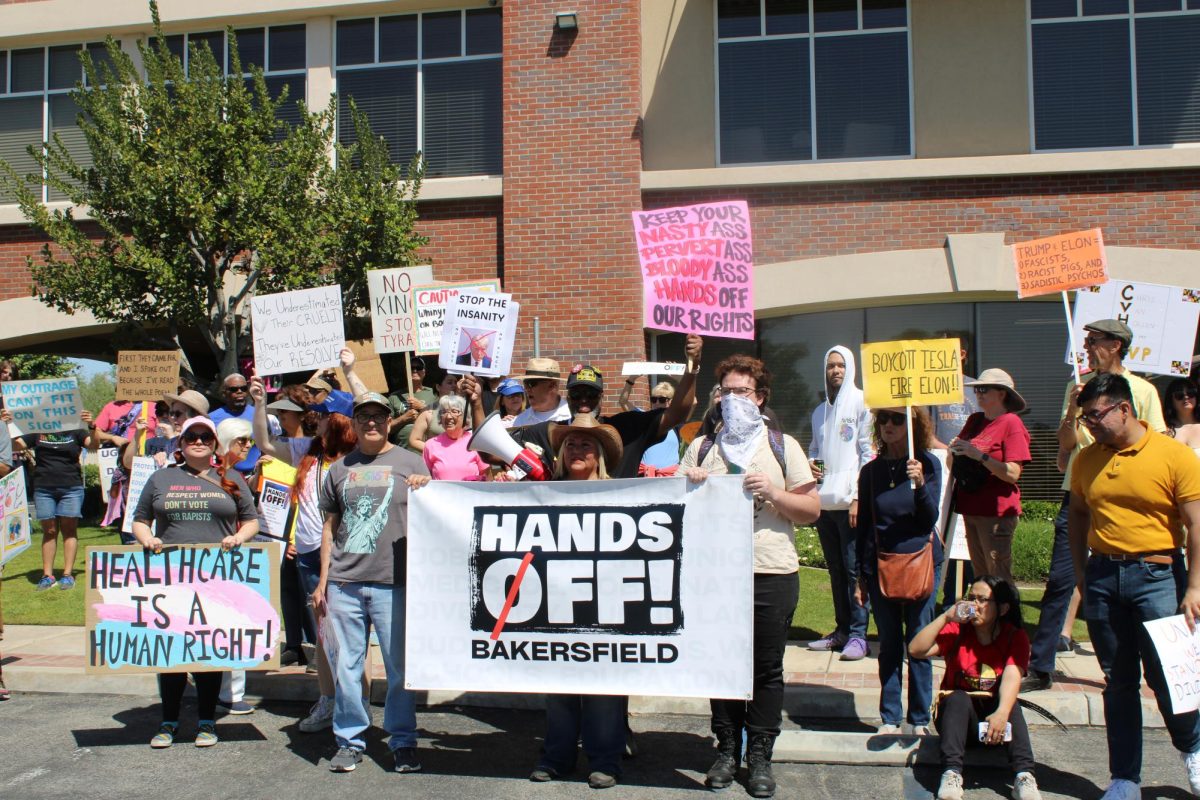By Steven Barker
Managing Editor
 California State University, Bakersfield’s first-and second-year retention rates are the lowest in the California State University system.
California State University, Bakersfield’s first-and second-year retention rates are the lowest in the California State University system.
According to a nine-year report released by the CSU system in 2011, CSUB’s retention rates have been steadily declining. While CSUB’s first and second-year retention rates were 78.5 and 66.4 percent respectively in 2002, the rates have since fallen by 7.2 and 8 percent. The rates now rank below the CSU system-wide average (83.9 and 74.8 percent for first- and second-year retention rates) by 12.6 and 16.4 percent.
Only three other universities – CSU East Bay, Northridge and San Luis Obispo – experienced percentage decreases in their rates during that time. CSUB’s percentage drops equal that of the other universities combined. Dr. Horace Mitchell, president of CSUB, addressed the effects that budget cuts have had on the university. The combination of a lack of state funding and the inability to hire new faculty (and replace retired faculty members)has restricted CSUB’s ability to expand its academic programs, thus
retaining more students, Mitchell said.
“In some instances, when we have not had particular programs, then students come here for two years and then they leave to go to those programs, like engineering,” Mitchell said.
Mitchell also attributed the trend, in part, to the students’ economic circumstances.
“What we found was, there was a high percentage of students who stop- out,” Mitchell said. “That is, they enroll and they stop-out to work or do family things or earn more money, and then they come back.”
For this reason, Mitchell suggested that the CSU’s report is not wholly indicative of CSUB’s retention rates. Since the report does not differentiate between students that transfer and students that drop out, the results fail to account for student enrollment patterns, Mitchell said.

“I suspect that this has largely to do with the economy and dramatically rising costs in education, especially those costs that a student has to pay, which have risen most dramatically,” Collins said in an email. “Those students who are unable to foot the bill will drop out, especially with the growing unavailability of certain types of financial aid.”
However, Dr. Ron Radney, director of Financial Aid, disputes the idea that money is a predicting factor in student persistence. In his 2009 doctoral dissertation entitled “Predicting First-Time Freshman Persistence at CSUB: A New Model,” Radney tested 17 different variables, including gender, ethnicity and financial aid. The findings: “Neither ethnicity or household income were predictors of student persistence,” Radney wrote in an email.
The three most significant factors, he discovered, were a student’s “high school GPA, CSUB first-year GPA and CSUB first-year units.”
A number of students were shocked by Radney’s results. For some, CSUB’s costs are the reason they cannot remain enrolled.
“The pressure of classes, of going to school and grades and also working – none of that bothers me,” said Stephen Brown, a 20-year-old former student at CSUB. “Money is the main problem.”
“Whether it’s three-figure debt or four-figure debt, I just don’t want to take on debt.”
Brown has dropped out of CSUB twice. He plans on enrolling in courses for Spring 2014.
Rabeyia Anwar, another CSUB drop-out, agrees with Brown. Having dropped out of CSUB in Fall 2012, she, in part, attributes her inability to remain enrolled at CSUB to her difficulty paying tuition costs.
“It was pretty big to me,” Anwar said. “I couldn’t work full time and pay for school.”
Anwar, who now works as a photography assistant with C&B Photography,hopes to return to CSUB by no later than the 2015-2016 school year.
While CSUB’s first and second-year retention rates were 78.5 and 66.4 percent respectively in 2002, the rates have since fallen by 7.2 and 8 percent.
Despite students’ tuition concerns, Mitchell and Collins expect CSUB’s retention rates to improve in the coming years. In addition to Gov. Jerry Brown’s June 2013 bill restoring $125 million in funding to the CSU system, Mitchell expects CSUB’s new engineering and agribusiness programs to bolster the school’s retention rates.
“I think now that we have an engineering program – and we don’t have all of them, but we have the kinds that are needed in this community – you’re going to see many more students continuing to finish their engineering degree here,” Mitchell said. “That’s going to make a big difference for us.”
Collins thinks CSUB’s improvement will come from the shift the university is making in how it evaluates its teachers and teaching.
“The emphasis in terms of measurement has often in the past been on what the professor taught rather than on what the student learned, and that is changing not just on this campus but across the nation,” Collins said.
He also thinks Bakersfield’s need for skilled workers in agriculture and energy will boost CSUB’s appeal to students.
“I think we are well positioned to thrive in the future,” Collins said.
“Not only is Kern County full of potential for growth in agriculture and energy sectors, it is also a vital link between northern and southern California.”







